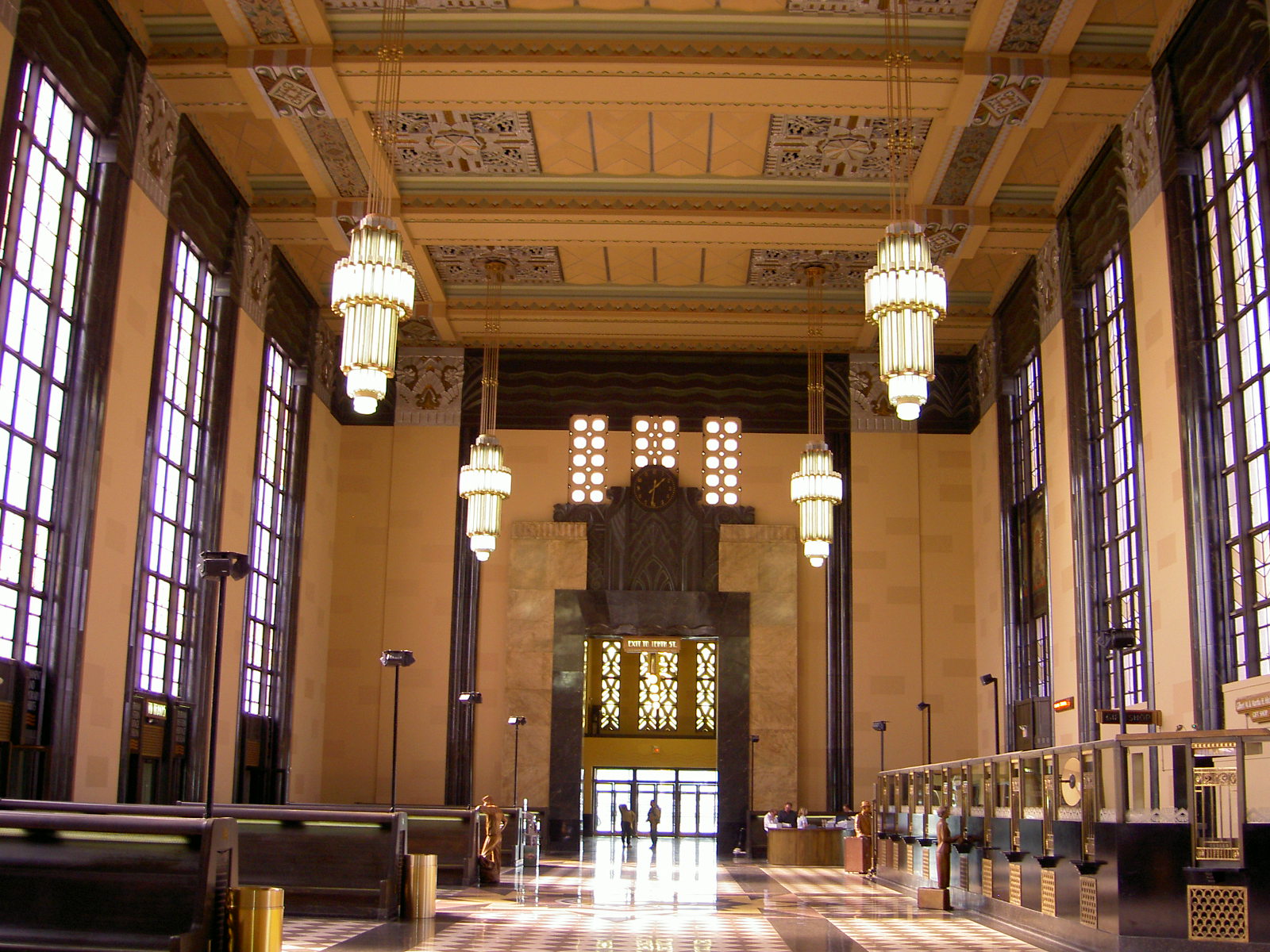Architectural history is sometimes recounted as if it evolved autonomously, architects attacking and solving architectural problems largely of their own devising. But because buildings are large, complicated, and expensive, architecture is subject—more than other arts—to outside forces, economic, political, social. Here’s a historical counterfactual. What if the Depression and the Second World War hadn’t happened? What if construction hadn’t been halted for more than a decade and the American modernist movement of the Twenties and Thirties that produced the Empire State Building and Rockefeller Center, the Folger Shakespeare Library and the Walter Reed Naval Medical Center, Omaha’s Union Station and Los Angeles City Hall, had not abruptly been halted but had blossomed further instead? What if Mies van der Rohe and Walter Gropius had stayed in Germany, and remained avant-garde outsiders, entering competitions rather than building? The story of architecture would have taken a very different turn.
Photo: Union Station, Omaha. Gilbert Stanley Underwood, arch. (1931)


Beyond architecture, the impact may have been that ‘missing middle’ housing construction would have kept on going, transit systems might not have fallen off such a cliff with respect to deferred maintenance and perceived ‘oldness’. All of this would have provided a more robust frame for the architectural counterfactual you sketch out. Or maybe not!
I’m now imagining an alternative history movie, think “Man in the High Castle”, but without WW2 and the Nazis, with set designs that show the alternative versions of the Seagrams Building, the UN Tower, etc.